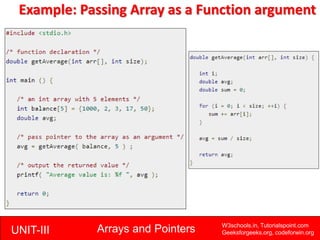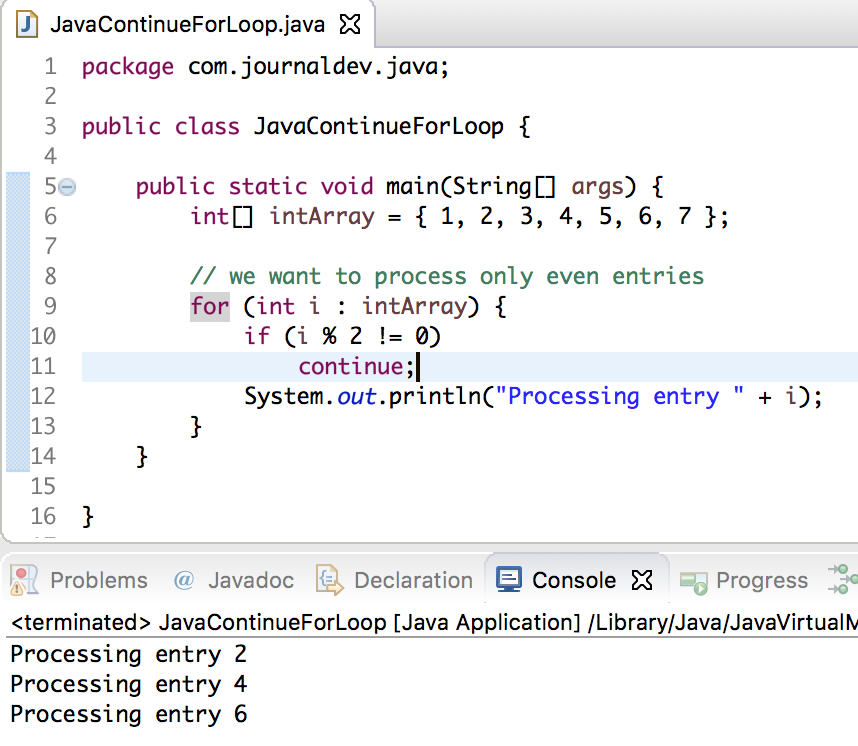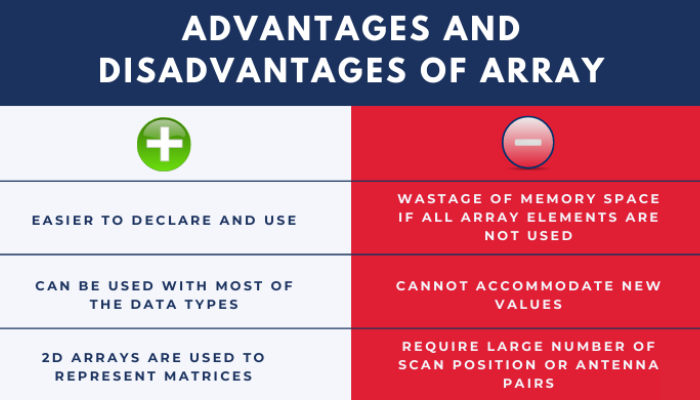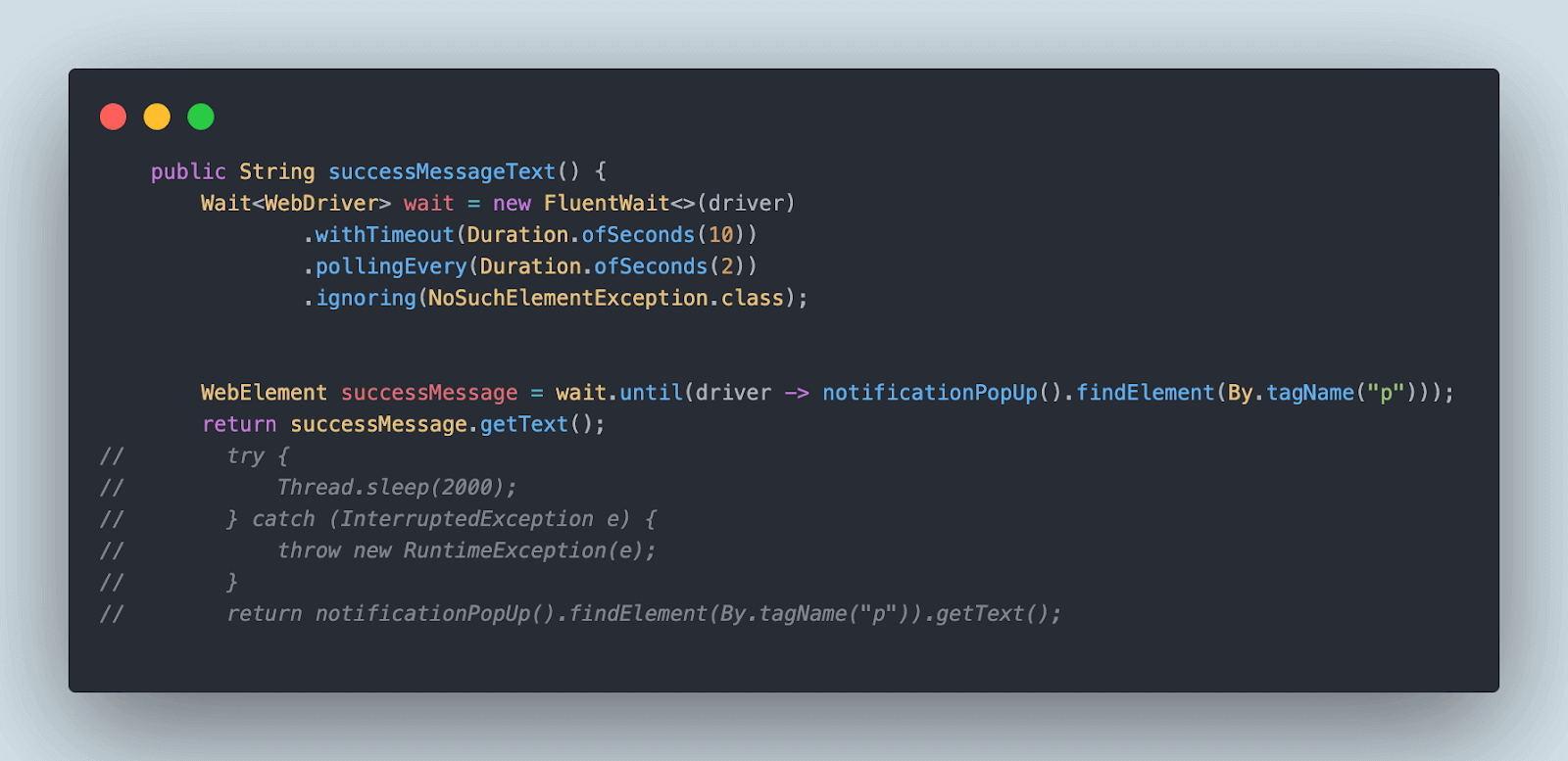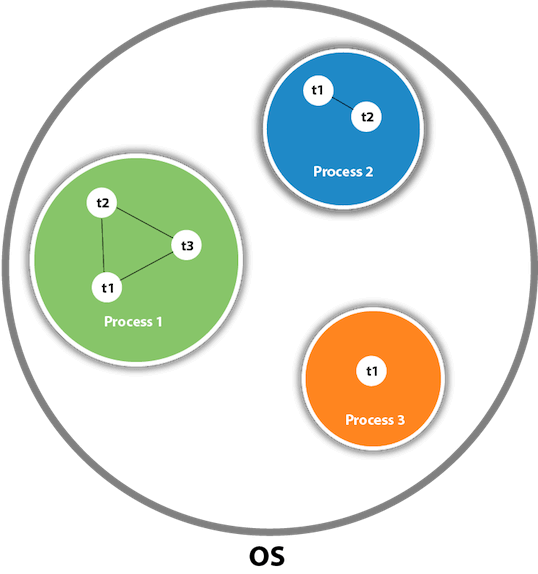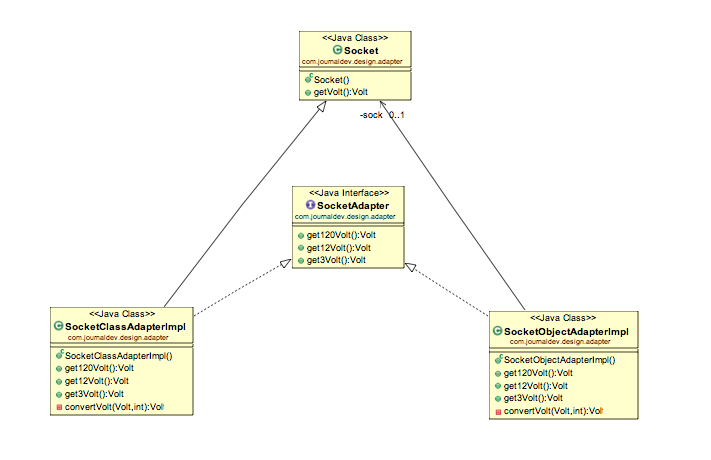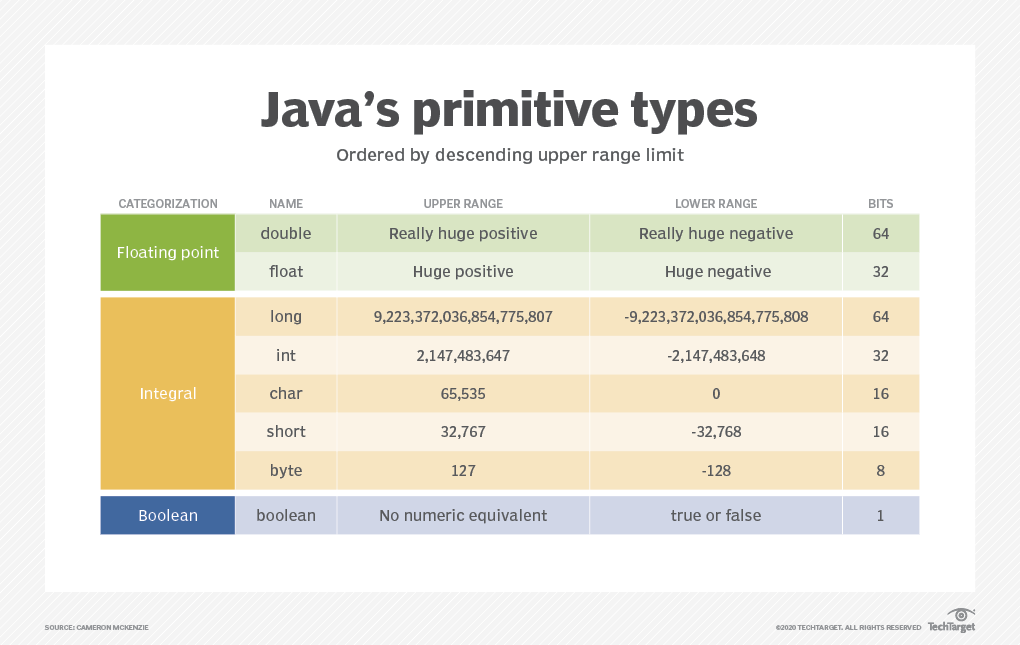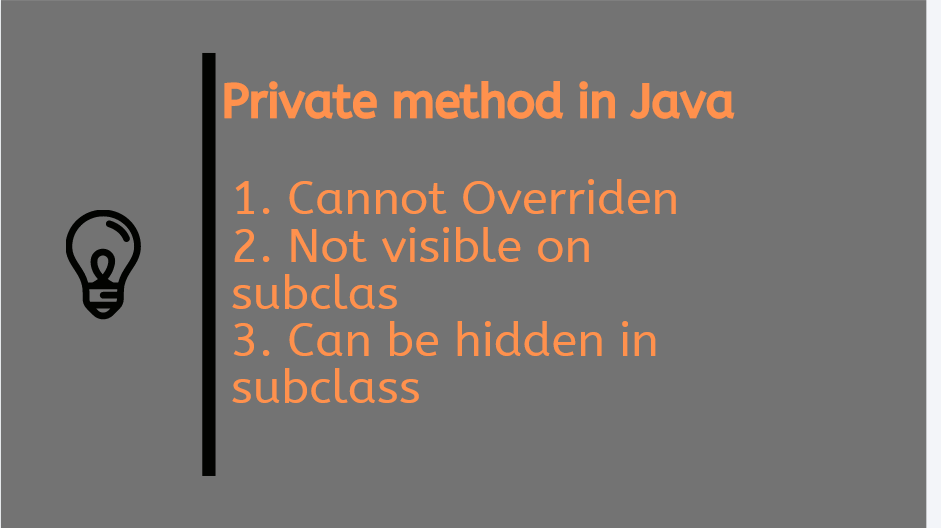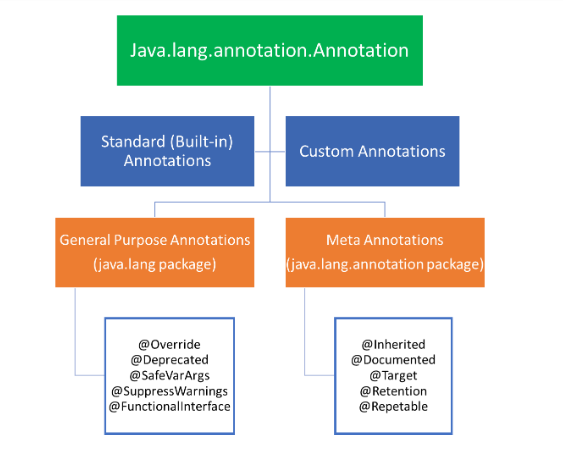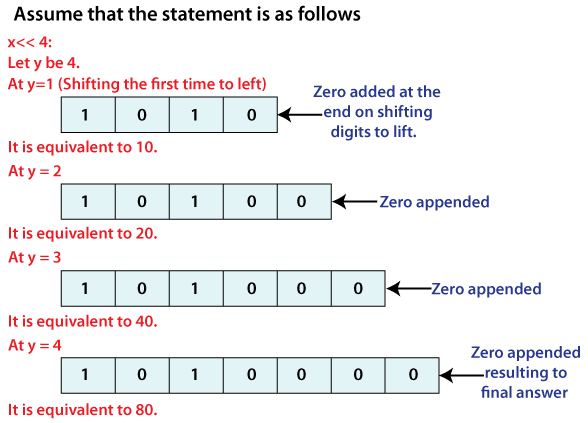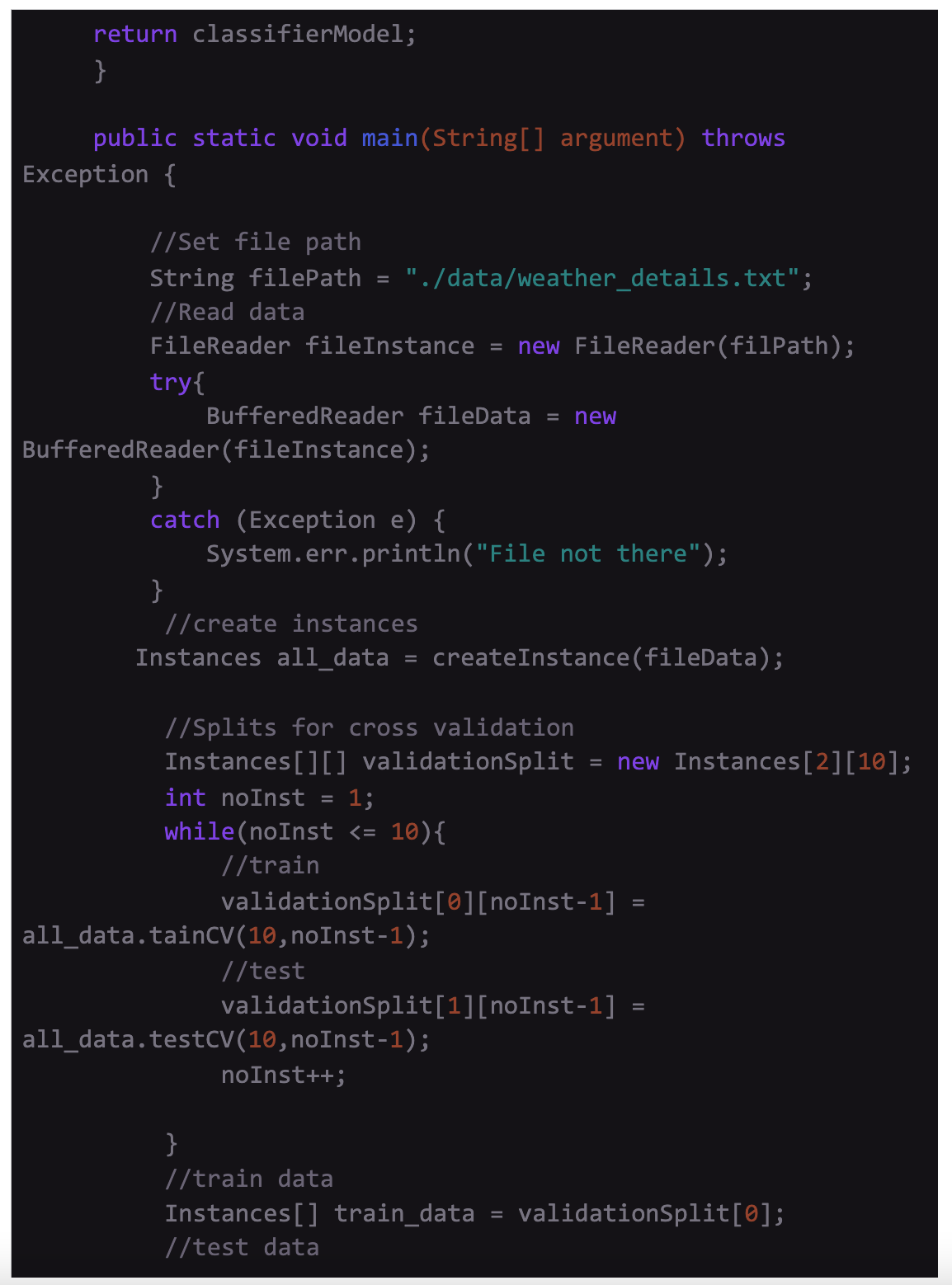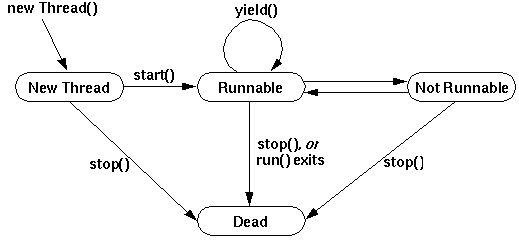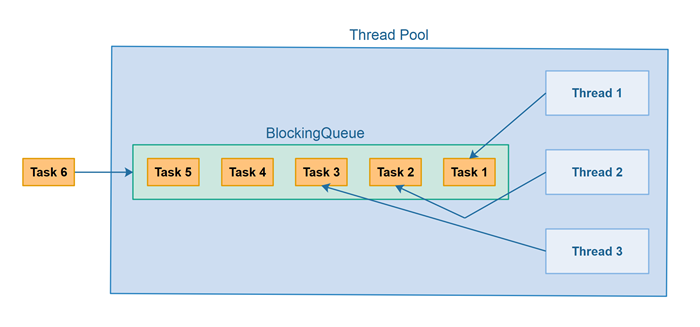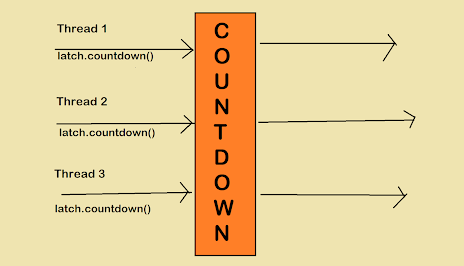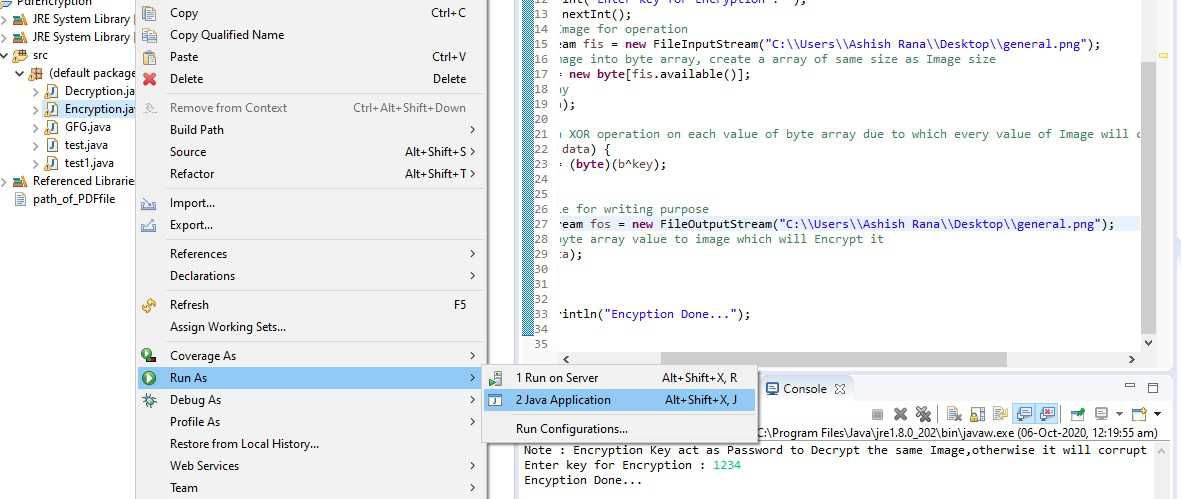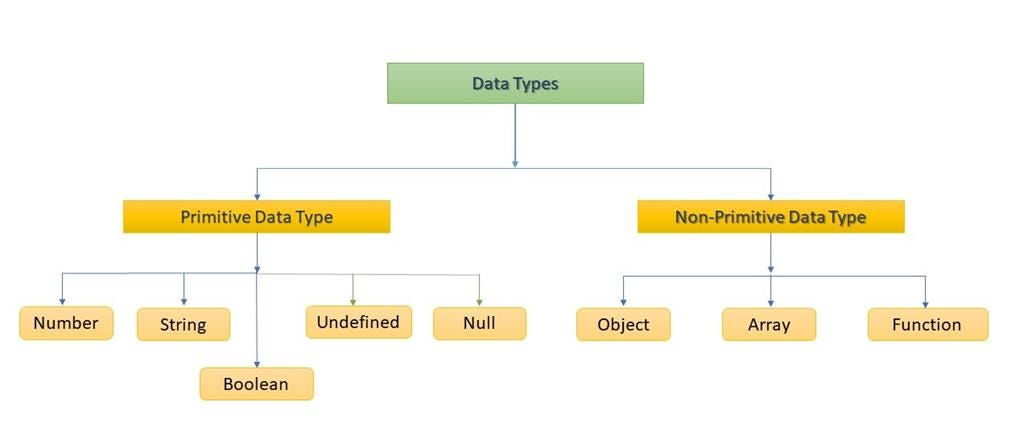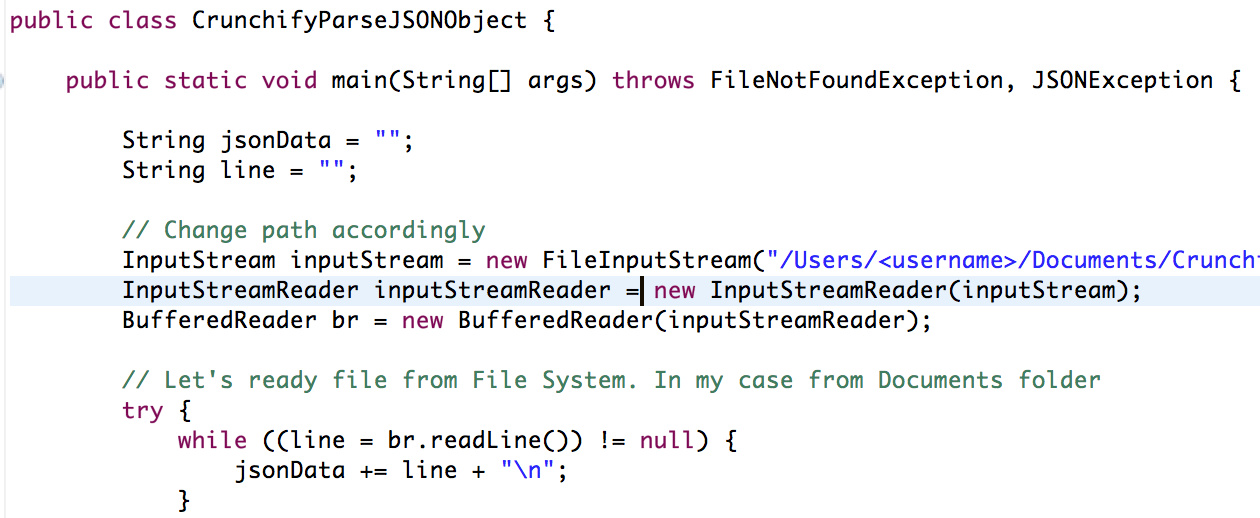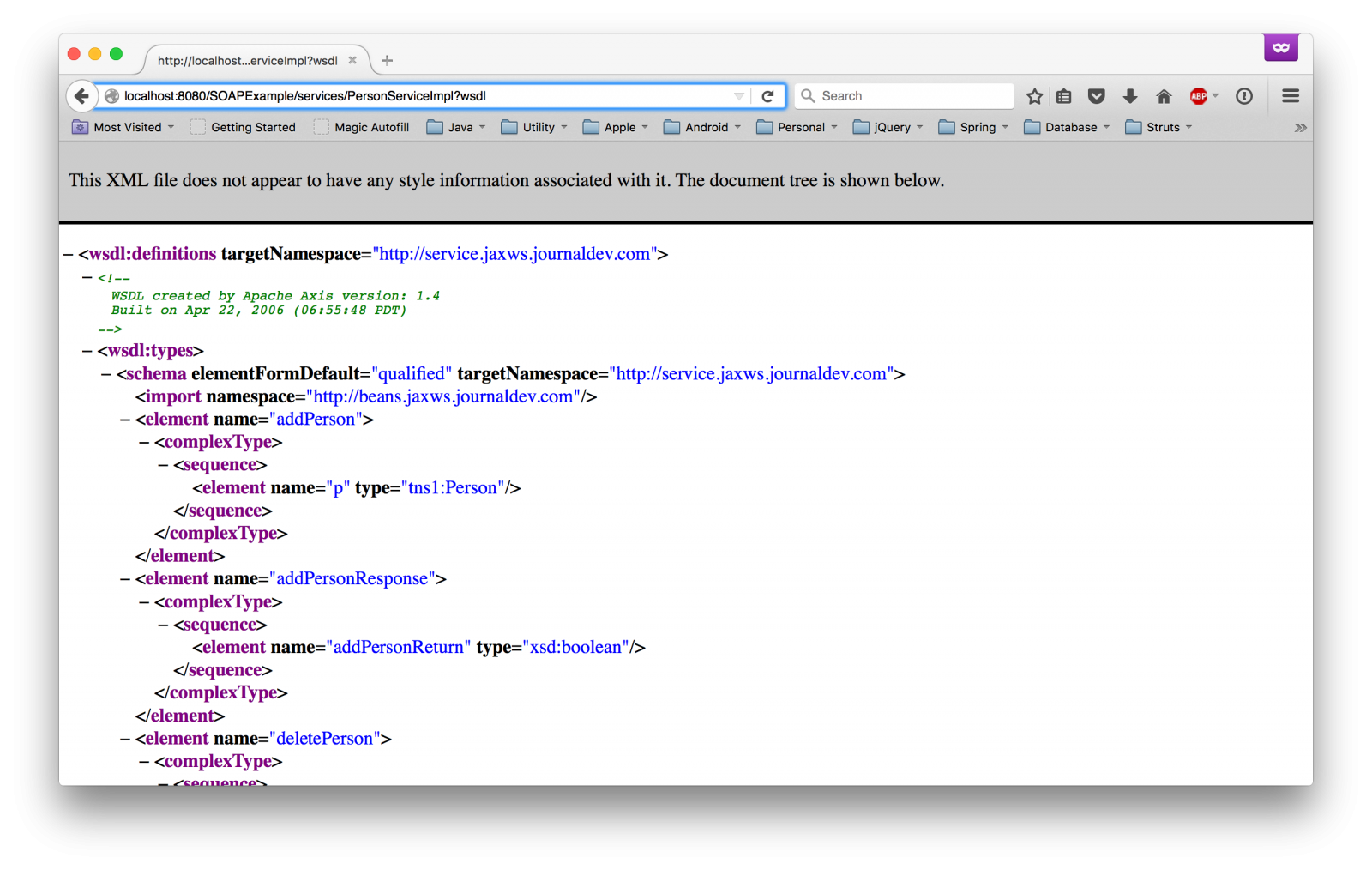How to decrypt code in Java?
How to decrypt code in Java?

I'm happy to help! Here's a comprehensive guide on how to decrypt code in Java:

What is decryption?
Decryption is the process of converting encrypted data back into its original form, known as plaintext. Encryption and decryption are inverse operations that allow sensitive information to be securely transmitted over an insecure network or stored on a device.
Types of decryption algorithms:
Caesar Cipher: A simple substitution cipher where each letter in the plaintext is 'shifted' a certain number of positions down the alphabet. Vigenère Cipher: A polyalphabetic cipher that uses a keyword to encrypt and decrypt text.
How to implement decryption in Java:
Method 1: Caesar Cipher Decryption
public class CaesarCipherDecryption {
public static String caesarCipher(String plainText, int shift) {
StringBuilder decrypted = new StringBuilder();
for (int i = 0; i < plainText.length(); i++) {
char c = plainText.charAt(i);
if (Character.isLetter(c)) {
char base = Character.isUpperCase(c) ? 'A' : 'a';
c = (char) ((c - base + shift) % 26 + base);
}
decrypted.append(c);
}
return decrypted.toString();
}
public static void main(String[] args) {
String encryptedText = "Khoor#Zruog";
int shift = 3;
String decryptedText = caesarCipher(encryptedText, shift);
System.out.println("Decrypted Text: " + decryptedText);
}
}
Method 2: Vigenère Cipher Decryption
public class VigenereCipherDecryption {
public static String vigenereCipher(String plainText, String keyword) {
StringBuilder decrypted = new StringBuilder();
for (int i = 0; i < plainText.length(); i++) {
char c = plainText.charAt(i);
if (Character.isLetter(c)) {
char base = Character.isUpperCase(c) ? 'A' : 'a';
int shift = keyword.charAt(i % keyword.length()) - base;
c = (char) ((c - base + 26 - shift) % 26 + base);
}
decrypted.append(c);
}
return decrypted.toString();
}
public static void main(String[] args) {
String encryptedText = "GurPenml#Xrevo";
String keyword = "MYKEY";
String decryptedText = vigenereCipher(encryptedText, keyword);
System.out.println("Decrypted Text: " + decryptedText);
}
}
Method 3: AES Decryption
import javax.crypto.Cipher;
import javax.crypto.KeyGenerator;
import javax.crypto.SecretKey;
import java.security.SecureRandom;
public class AESDecryption {
public static void main(String[] args) {
String encryptedText = "encrypted data";
SecretKey key = generateSecretKey();
Cipher cipher = Cipher.getInstance("AES");
cipher.init(Cipher.DECRYPT_MODE, key);
byte[] decryptedBytes = cipher.doFinal(encryptedText.getBytes());
String decryptedText = new String(decryptedBytes);
System.out.println("Decrypted Text: " + decryptedText);
}
private static SecretKey generateSecretKey() {
try {
KeyGenerator keyGen = KeyGenerator.getInstance("AES");
SecureRandom random = new SecureRandom();
keyGen.init(128, random);
SecretKey secretKey = keyGen.generateKey();
return secretKey;
} catch (Exception e) {
throw new RuntimeException(e);
}
}
}
These examples demonstrate basic decryption techniques using Java. For more complex encryption and decryption tasks, consider using established libraries like OpenSSL or Apache Commons Codec.
Remember to handle sensitive information securely by implementing robust encryption and decryption algorithms, as well as storing encrypted data in a secure location.
How to encrypt(String in Java)
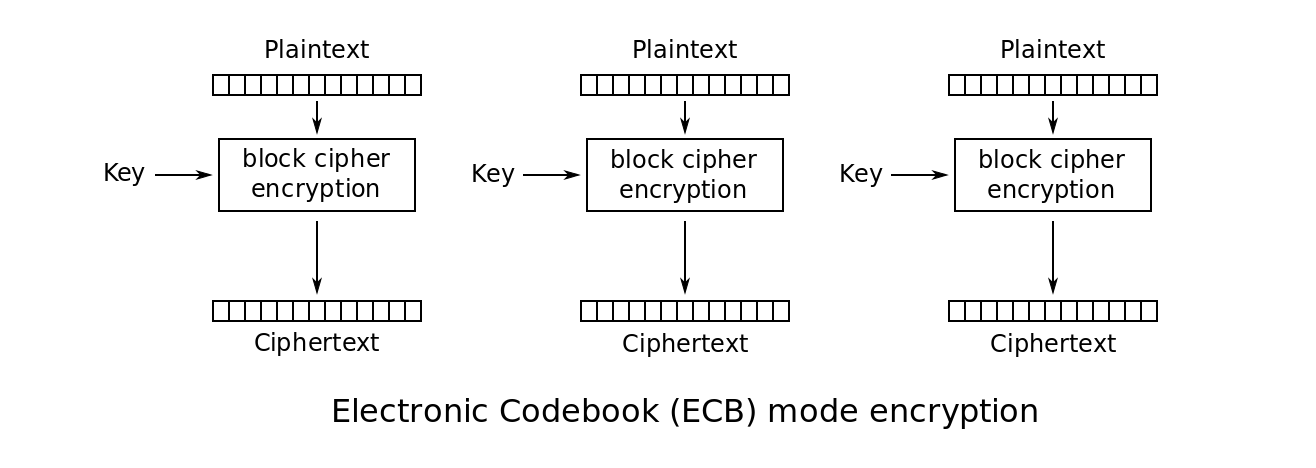
I'm happy to help you with that! Encrypting a string in Java can be achieved using various encryption algorithms, such as AES (Advanced Encryption Standard), RSA (Rivest-Shamir-Adleman), and SHA (Secure Hash Algorithm).
Let's start with the basics. To encrypt a string in Java, you'll need to use a cryptographic library or API that provides an implementation of an encryption algorithm. One popular option is the java.security package, which provides classes for generating and manipulating cryptographic keys.
Here are some general steps to encrypt a string in Java:
Choose an encryption algorithm: Select an encryption algorithm that suits your needs. For example, you might choose AES-256 for symmetric encryption or RSA for asymmetric encryption. Generate a key: Generate a cryptographic key using theKeyGenerator class from the java.security package. The key size will depend on the algorithm and level of security required. Create an encryptor: Create an instance of an encryption algorithm-specific class, such as AESCrypt or RSAEncrypt. This class will take care of encrypting your string using the generated key. Prepare the input data: Prepare the input string you want to encrypt by converting it to a byte array using the getBytes() method from the String class. Encrypt the data: Pass the prepared input data and encryption algorithm-specific parameters (if required) to the encryptor's encrypt() method. Convert the encrypted data: Convert the encrypted data back to a string using the new String(encryptedBytes, "UTF-8") constructor from the String class.
Here's an example code snippet using AES encryption:
import javax.crypto.Cipher;
import javax.crypto.KeyGenerator;
import javax.crypto.SecretKey;
import javax.crypto.spec.SecretKeySpec;
import java.security.AlgorithmParameters;
import java.security.Key;
import java.security.Security;
public class AESEncrypt {
public static void main(String[] args) throws Exception {
// Initialize the encryption algorithm
Cipher cipher = Cipher.getInstance("AES");
// Generate a 256-bit AES key
KeyGenerator kg = KeyGenerator.getInstance("AES");
SecretKey skey = kg.generateKey();
byte[] keyBytes = skey.getEncoded();
// Convert the generated key to a secret key specification
SecretKeySpec secretKey = new SecretKeySpec(keyBytes, "AES");
// Set the encryption algorithm and mode (e.g., CBC with PKCS5 padding)
cipher.init(Cipher.ENCRYPT_MODE, secretKey);
AlgorithmParameters params = cipher.getParameters();
IvParameterSpec ivSpec = (IvParameterSpec) params.getParameterSpec(IvParameterSpec.class);
byte[] ivBytes = ivSpec.getIV();
// Prepare the input string
String inputStr = "This is a test string to be encrypted";
byte[] inputBytes = inputStr.getBytes("UTF-8");
// Encrypt the data
int blockSize = cipher.getBlockSize();
int remainder = inputBytes.length % blockSize;
byte[][] fragmentedData = new byte[(inputBytes.length + 15) / 16][];
for (int i = 0; i < fragmentedData.length; i++) {
fragmentedData[i] = new byte[blockSize];
System.arraycopy(inputBytes, i * blockSize, fragmentedData[i], 0, Math.min(blockSize, inputBytes.length - i * blockSize));
}
// Encrypt each block separately
for (int i = 0; i < fragmentedData.length; i++) {
cipher.update(fragmentedData[i]);
}
// Get the encrypted output
byte[] outputBytes = new byte[cipher.doFinal().length + remainder];
System.arraycopy(cipher.doFinal(), 0, outputBytes, 0, cipher.doFinal().length);
if (remainder > 0) {
System.arraycopy(inputBytes, inputBytes.length - remainder, outputBytes, cipher.doFinal().length, remainder);
}
// Convert the encrypted data to a string
String encryptedStr = new String(outputBytes, "UTF-8");
System.out.println("Encrypted string: " + encryptedStr);
// Decrypting is similar but with Cipher.init(Cipher.DECRYPT_MODE, secretKey)
}
}
This code snippet demonstrates how to use the AES algorithm for encrypting a string in Java. You can modify it to suit your specific requirements and encryption needs.
Remember that secure encryption requires careful handling of cryptographic keys, initialization vectors (IVs), and other sensitive parameters. Always follow best practices for generating and managing cryptographic keys and ensuring the integrity of encrypted data.
